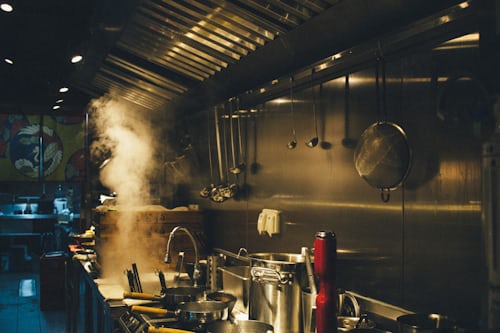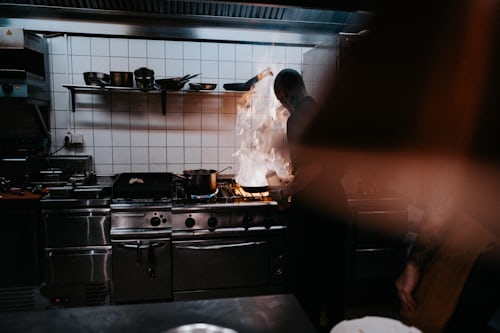
The most difficult problem in a commercial kitchen is keeping the FOG (fats-oil-grease) in the kitchen. Many restaurant owners around the globe have grease traps/grease interceptors installed in their kitchens to address this issue. Because of the technology employed in these grease discharge units. It captures FOG from wastewater from kitchen drains, dishwashers, and sinks, allowing it to flow freely into the sewer system. However, grease traps, like many other kitchen appliances, require regular maintenance in order to continue to do their job consistently and efficiently. So, why should restaurants install and maintain their grease traps?
Disgusting odour
A grease trap accumulates FOG in its tank, which decomposes over time and emits a rotting odour. If this is not addressed, the smell may become unbearable, even if the interceptor is relatively deep. This could reduce the number of customers who visit the restaurant, eventually jeopardising the company’s reputation.
Costly replacement
Chemical compounds are present in solid food waste and FOG trapped in the grease trap. If the tank is not maintained, the stuck waste degrades, releasing hydrogen sulphur gas, which converts to sulphuric acid. The highly toxic sulphuric acid can corrode the metal and the walls of the interceptor, necessitating an expensive replacement.
Tough to clean

When a grease trap collects FOG, the solid food particles will settle to the tank’s bottom. If this solid waste is not cleared on a regular basis, it hardens into a thick, hard mass that forms an immovable barrier that appears to be impossible to clean.
Causes blockage
A grease interceptor continues to work by continuously collecting grease from above and solid food waste from below in the tank. If the tank does not undergo maintenance on a regular basis, waste will accumulate in the tank, causing greater food waste and FOG to flow down the sewer system from the kitchen sink or dishwasher. This will eventually produce severe clogging in the pipeline, preventing wastewater flow. The final outcome would be backups and overflow, which would cause costly damage.
So, when should you clean the grease trap?

Grease interceptors should be washed or drained at least once every 90 days as a standard practise. However, it is also dependent on the capacity of your grease trap and the number of dishes prepared in your kitchen per day as this affects the amount of FOG created. If the grease trap capacity is small or the number of dishes cooked is high, it is best to clean the machinery once or twice per month. Some restaurants even hire grease trap cleaning services in malaysia to handle the task for them.
To check the amount of FOG stuck in the tank, keep a routine maintenance. You can use a rod to measure and record the grease depth and clean it when the time comes. Overall, a grease trap should be drained when grease occupies one-fourth of the tank space. When this limit is reached, the grease trap may no longer function properly.
Furthermore, if you believe that the grease interceptor needs to be cleaned more than once a month, replace it with a larger capacity unit that can manage and control the operations more effectively for a minimum of 30 days until it is emptied.

Recent Comments